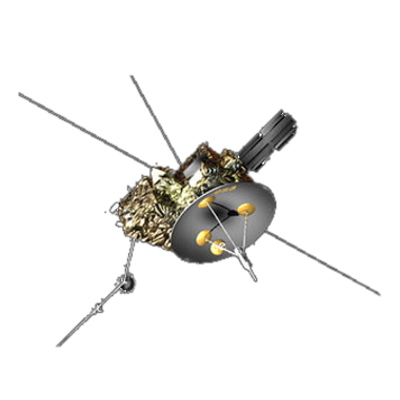Ulysses HISCALE Data Analysis Handbook
Appendix 9 Geometric Factor Study for the Deflected and Unscattered Electrons of HISCALE (Buckley MS Thesis)
Presented in the following figures are electron efficiency results of Kohl6 for selected incoming trajectories. What Kohl has basically done is to point an electron gun of a given wattage into the open aperture and determined what percentage of the original beam makes it to the detector. Clearly, if the initial trajectory sends the beam into a wall of the telescope, the efficiency will most likely be around zero. On the other hand, there may be instances where the beam only partially intersects the detector surface, making the efficiency less than maximum, but more than zero.
The trajectories Kohl has chosen can be broken up into categories depending on the initial target coordinate. For example, the z=0.3 cm plot shows results for a target coordinate of (x,y,z) = (0,0,0.3cm) using Kohl's coordinates. The electron gun itself is located just outside of the open aperture, and is allowed to swing on an axis in the y=0 plane (Kohl's coordinates).
These same initial starting trajectories were applied to the simulation. Although the simulation is incapable of giving efficiencies, it is capable of determining the angular cutoff points, and these results can be compared to those of the calibration. For example, for the z=-0.5 cm plane one can see from the plot that the simulation pretty much predicts the angular cutoff points of the calibration for the E=120 keV electrons. It also predicts that 40 and 80 keV electrons do not make it to the detector, again consistent with calibration results. Upon examining the rest of the results, it is clear that although the simulation predicts the angular cutoffs to within ±5º or so, it does not give the details of the actual calibration. Such details are necessary if this is to be a highly accurate method of determining the geometric factors.
Figure A9-45 Efficiency vs. angle for Z = -0.5 cm

Return to
HISCALE List of Appendices
Return to Ulysses HISCALE Data Analysis Handbook Table of Contents
Updated 8/8/19, Cameron Crane
QUICK FACTS
Mission End Date: June 30, 2009
Destination: The inner heliosphere of the sun away from the ecliptic plane
Orbit: Elliptical orbit transversing the polar regions of the sun outside of the ecliptic plane



